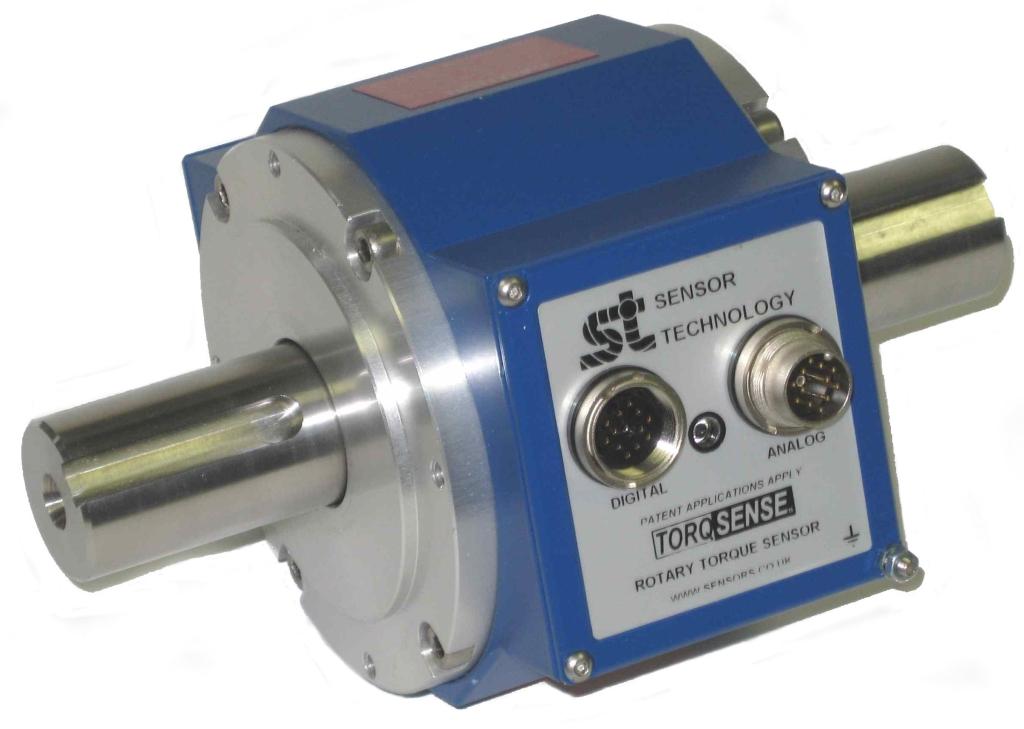19.10.2020
Mixing plant employs wireless transducers for viscosity measurement of valuable compounds
Sensor Technology, Wroxton, Banbury, UK, has supplied wireless transducers to a pre-pilot mixing plant being used to prepare small batches of compounds from shampoo and detergent to cosmetics, therapeutic and medical preparations. Some of the ingredients in the compounds are very expensive, so product developers are unwilling to make large batches early in the formulation process.
Instead, they start with 850 millilitre samples for the early stages of each project, then once the recipe is well proven, move on to pilot-scale work where the samples are measured in thousands of litres. The final stage is, of course, full-scale production.
Sensor Technology’s Mark Ingham explained the design of the pre-pilot plant: “It can take three hours or more to make a single sample, each produced with precision accuracy – and development programmes need a great many samples. Clearly this cannot be done manually. Automating the basic mixing process is in principle straightforward; for this the plant has four workstations based on paddle mixers, each of which is monitored by a TorqSense.”
TorqSense constantly assesses the level of torque in a driven shaft. Often, this is used to measure the power being provided by the drive motor. However, in this case it is the opposite – TorqSense is used to calculate the drag being exerted on the paddle and shaft by the liquid being mixed.
“The mixing process changes the viscosity of the liquid, which is what causes the drag,” said Ingham. “In the first instance the TorqSenses are looking for the viscosity to stabilise to a steady value that will not change any further no matter how much more mixing is done. Then they measure that very accurately”.
TorqSense is a wireless sensor, which is not physically connected to the mixer shaft by slip rings. Instead, it monitors the torque via radio waves.
A shaft deforms very slightly when it rotates, the amount of deformation being proportional to the torque. TorqSense measures the deformation so that it can calculate torque. To do this two tiny piezoelectric combs are glued to the surface of the shaft at right angles to one another; shaft deformation will expand one comb and compress the other. The radio frequency signal emitted by the TorqSense is reflected back by the combs, with its frequency changed in proportion to the combs' deformation.
"The procedure to set up the TorqSense is very simple," said Ingham. "Solutions using other technologies would probably take several hours to set up. With a regime of up to 30 tests per day, TorqSense is the only real solution for this plant.” www.sensors.co.uk

TorqSense sensor
« Back
|